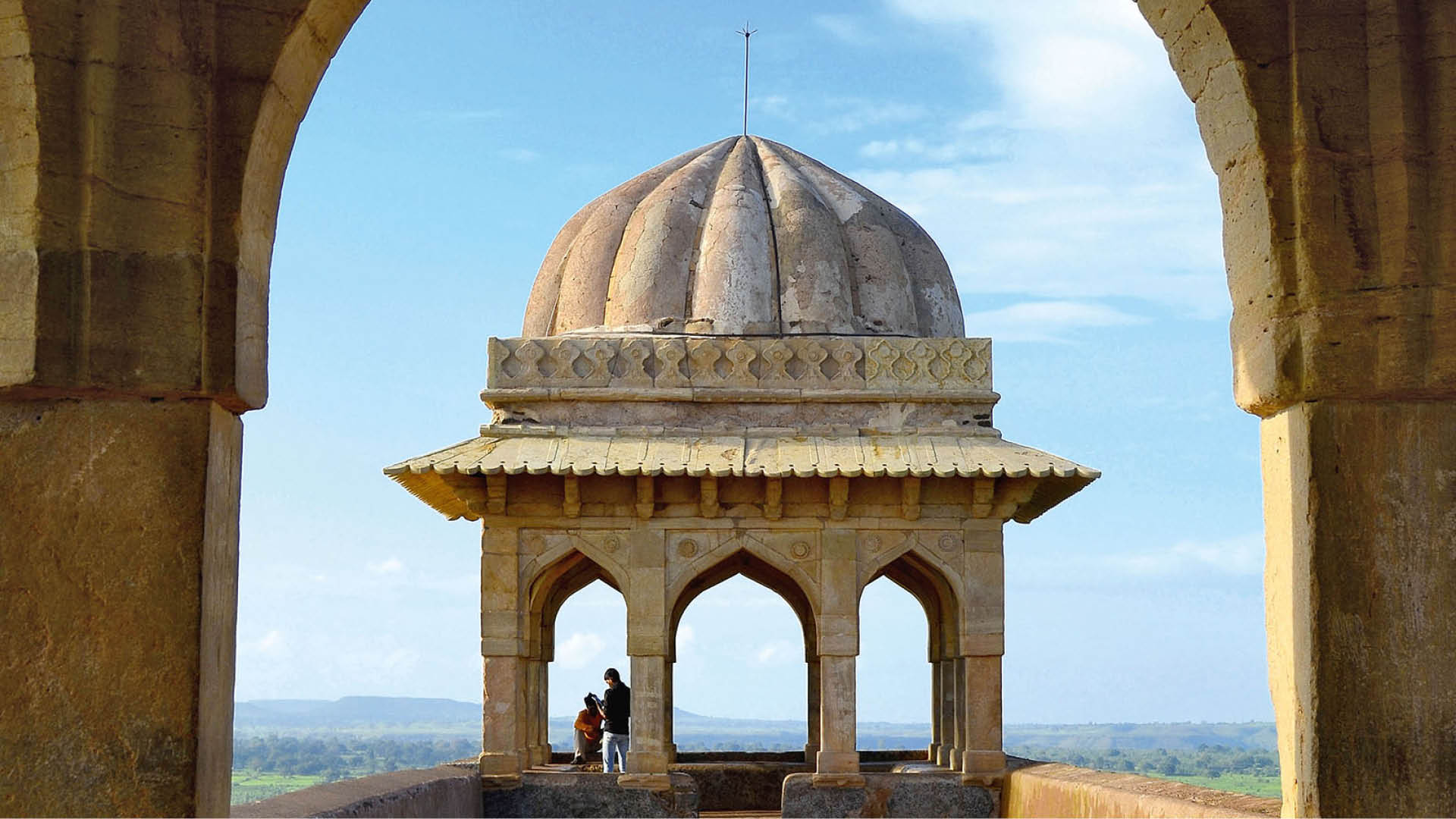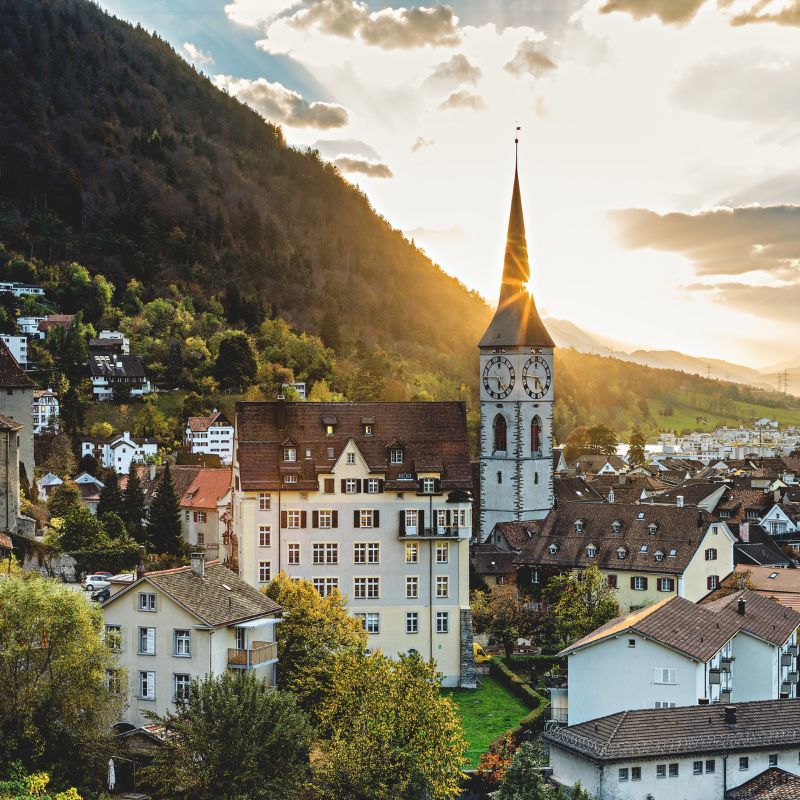The romantic fort city of Mandu in Madhya Pradesh offers a cheap ticket back in time and may soon become a UNESCO World Heritage Site.

I have often failed to understand why forts and other war monuments of the past evoke romanticism today. These are significant sites of heritage, indeed. But what about the cannons and the breached gates and the tombs of royal families is not morbid? The fact that these are all remnants of bloody battles cannot be separated from their existence, so you have to be completely objective to admire their beauty, which lies in their long-lost architecture styles and historic significance. And yet, I consider the historical city of Mandu in Madhya Pradesh to be truly romantic. So much so, that I wonder if the kings and queens who once ruled it walk out of their graves at nightfall just to relive their glory days in the palaces they built. This mental exception was born earlier this year.
Two days before 2020 began, I was having a particularly mopey morning. It was terribly cold in Delhi, and too foggy for flights to take off on schedule. I don’t usually care for New Year celebrations, but for the first time, I found a chance to escape the monotony of sitting and watching a movie at home. I was slated to attend the five-day Mandu Festival 2019 (mandufestival.com) that would spill over onto New Year’s Day—if only the weather gods allowed it. After spending three hours at the boarding gate, I was confined within a stationary plane for another three hours, by which time I was beginning to question all of my life choices.
When I finally landed in Indore, six hours later than scheduled, I grabbed a bite and immediately set off for Mandu by road, to make it there before nightfall. With the window down, pastoral landscapes dressed in balmy weather quickly changed my mood. Golden light broke through the dark clouds and the gloomy day, putting my frazzled nerves at ease.
Suddenly, I was up on a hill, driving through mossy arched stonewalls. Perched at a height of 600 metres, part of the Vindhya Range, Mandu was built as a fort city. The Malwa Plateau to its north and the valley of River Narmada to its south served it well, both in terms of natural defences and resources. While mentions of Mandu can be traced all the way back to the sixth century, it is during the reign of the Malwa Sultanate that it saw its heyday, between the 14th and 16th centuries—until the Mughals took over in the 1560s. During this time in history, it was fondly called Shadiabad, which meant ‘city of joy’.
Enclosed by a 37-kilometre-long fortified wall, the territory of Mandu today is dotted with ageing mosques, palaces, and mausoleums, among other monuments. Most of the 12 original gateways to the destination, such as Delhi Darwaza, Jahangir Darwaza, and Tarapur Darwaza, still remain. You’ll find locals fervently cite Baz Bahadur’s Palace and Rani Roopmati’s Pavilion, two of Mandu’s most iconic landmarks, as living examples of their love. Walking through The Royal Complex, you witness the Jahaz Mahal (Ship Palace), which was built by Sultan Ghiyas-ud-din-Khalji for his harem; the water palace called Jal Mahal, which is surrounded by ponds and houses a royal hammam; a stepwell called Champa Baodi; and Hindola Mahal (Swinging Palace), which is a large meeting hall, or durbar. Jami Masjid, in the heart of the city, imprints itself onto your mind with its grand domes and courtyards. Interestingly, this one was constructed almost 200 years before its famous counterpart, Delhi’s Jama Masjid, which was built in the 1650s. Also within the masjid complex shines Hoshang Shah’s white-marble tomb. It is said that this tomb (completed in 1554) served as one of the primary sources of inspirations for the Taj Mahal (commissioned in 1632).











